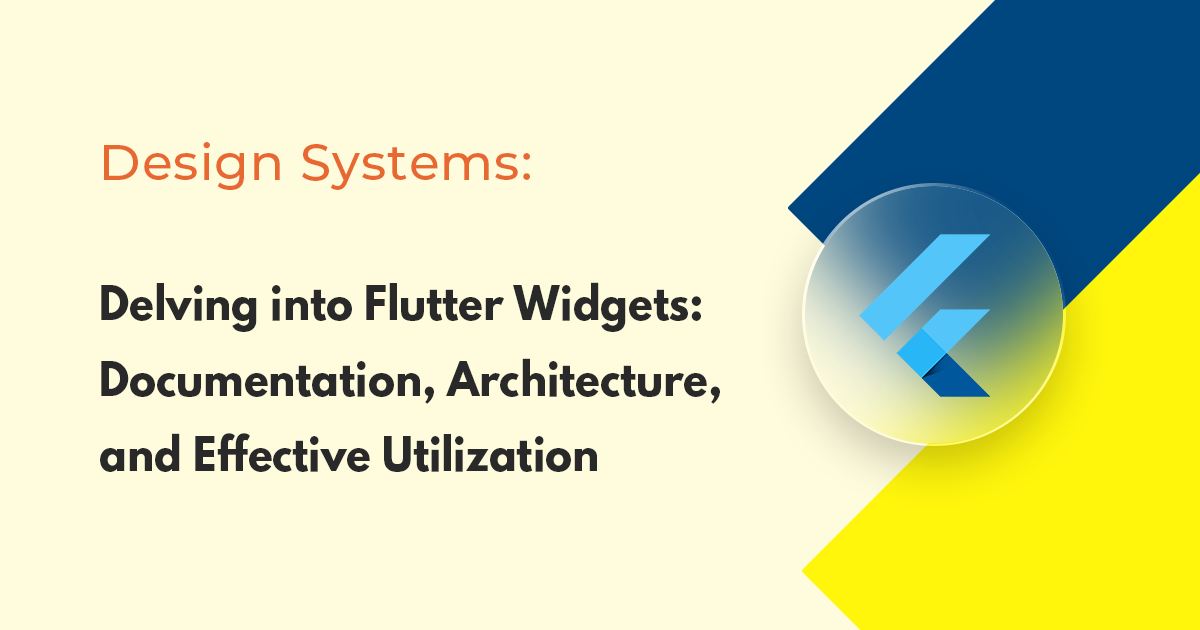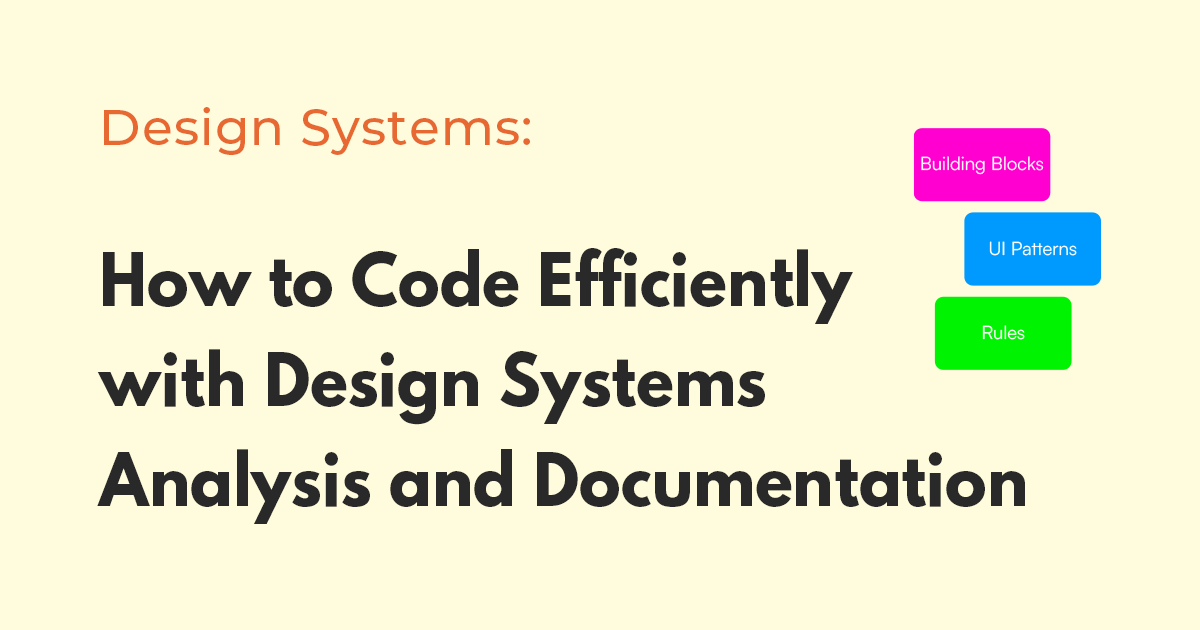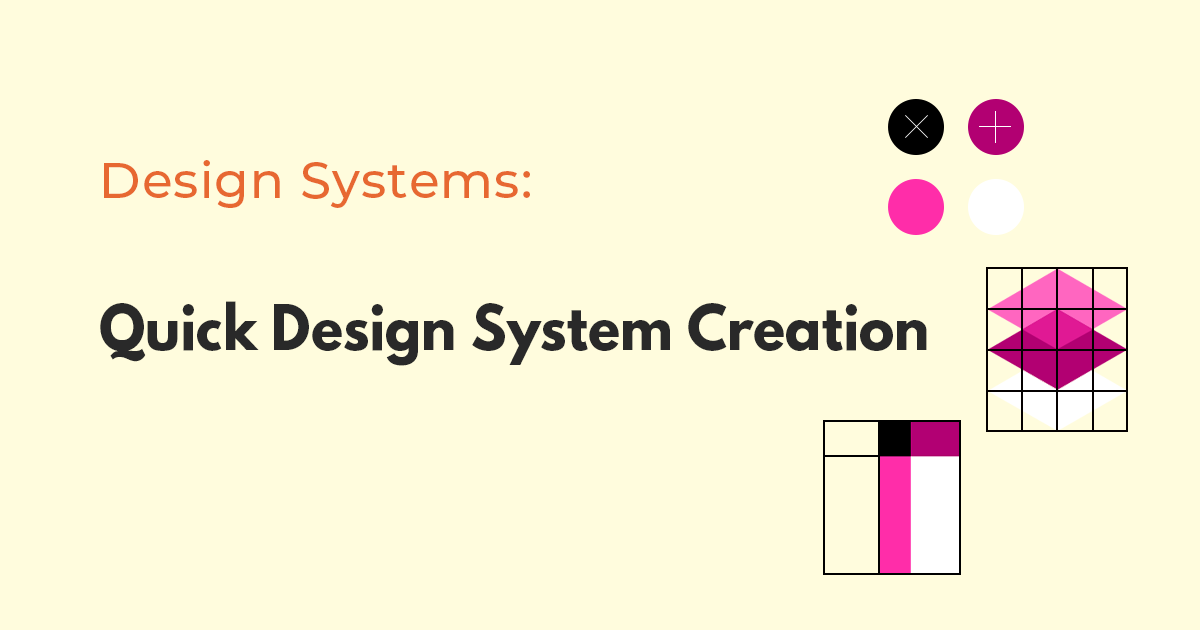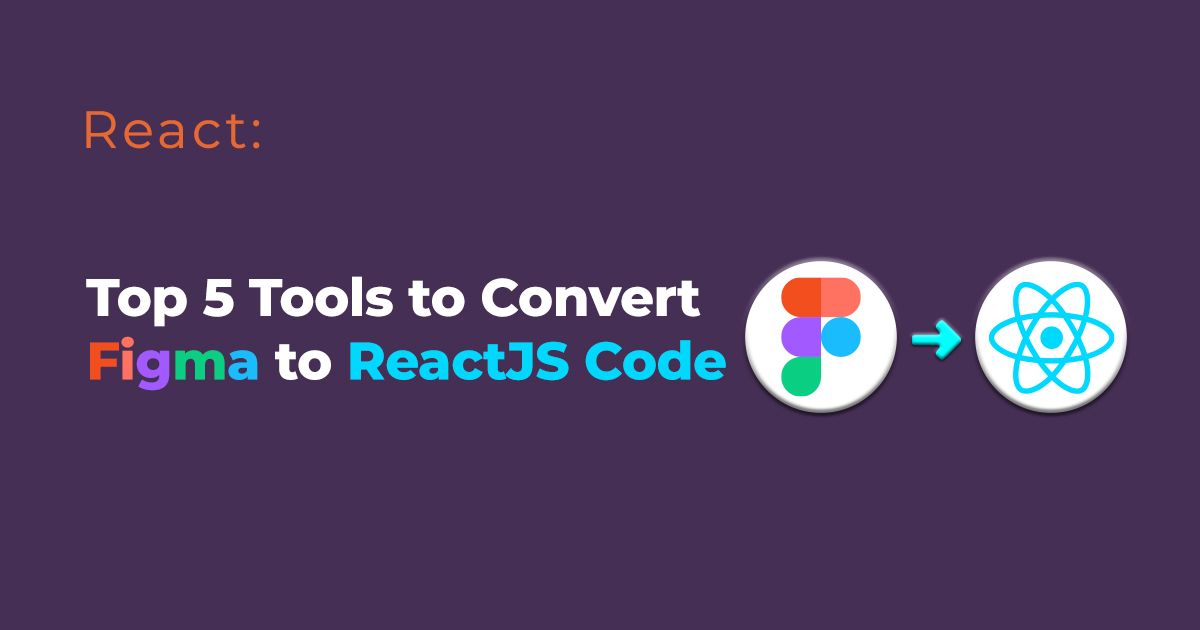What is a Design System?
A design system is a comprehensive set of tools, patterns, and guidelines that designers and developers can use to create consistent user interfaces. It allows teams to maintain the same design standards across different parts of their projects, improving the overall quality and consistency of the product. Design systems often include components such as typography, color schemes, buttons, icons, and form fields.
Why is a Design System Important?
Design systems streamline the design process by reducing the effort required to create consistent and high-quality user interfaces. With a design system, teams can reuse components across different parts of a project, saving time and resources. Design systems also help maintain consistency in the product, which improves the user experience. It creates a shared language for teams, which leads to better communication and collaboration.
Steps to Create a Design System
1. Understand the Project's Needs
The first step in creating a design system is understanding the needs of your project. This means conducting research to identify the project's requirements, its target audience, and the challenges it aims to solve. This step will help you to build a design system that is tailored to your project's specific needs.
2. Develop a Visual Language
The next step is to develop a visual language for your design system. This includes defining your color palette, typography, iconography, and other visual elements that will make up your design. This step will ensure that your design system is visually cohesive and consistent.
3. Create the Components
Once you have a visual language, the next step is to create the components of your design system. These components, which can include buttons, form fields, and navigation bars, should be reusable and flexible enough to fit different contexts within your project.
4. Document the Design System
A crucial part of creating a design system is documenting it. This documentation should include guidelines on how to use the components, the principles behind the design system, and any other information that will help your team use the design system effectively.
Streamlining Design and Development Collaboration
Design systems play a crucial role in ensuring a seamless transition from design to code in the software development process. By establishing a standardized set of design elements, components, and guidelines, design systems facilitate a more efficient and effective collaboration between designers and developers. In this blog post, we will explore how to create a quick design system that can significantly boost the design-to-code process, leading to improved productivity and better overall product quality.
Define a Design Language and Principles
The first step in creating a design system is defining a design language and establishing a set of design principles. This involves defining the visual style, typography, color palette, and other core design elements that will be consistently used throughout the product. By creating a design language, you provide a foundation for designers to create cohesive and consistent designs. It also helps developers understand the design intent, making the implementation process smoother.
Component-Based Approach for Reusability
A component-based approach is key to building a design system that promotes reusability and consistency. Identify common UI elements and patterns that are frequently used in your product and convert them into reusable components. These components can range from simple buttons and input fields to complex elements like modals and navigation bars. By standardizing the structure and behavior of these components, you enable designers and developers to work more efficiently and maintain consistency across the entire product.
Documenting Design Guidelines
Comprehensive documentation is vital for ensuring that the design system is accessible and usable by everyone involved in the design-to-code process. Create clear and concise guidelines that explain how each component should be used, its variations, and any specific interactions or animations associated with it. Include examples, code snippets, and visual references to provide a holistic understanding of each component's implementation. This documentation serves as a valuable reference for both designers and developers, reducing ambiguity and fostering better collaboration.
Iterative Design and Feedback Loops
Design systems are not static; they evolve and improve over time. Encourage an iterative design process that involves regular feedback loops between designers and developers. Actively seek input and suggestions from both sides to refine and enhance the design system. By incorporating feedback and addressing any pain points or inconsistencies, you can continuously improve the design-to-code workflow, ensuring that the design system remains relevant and effective.
Automating Design-to-Code Workflows
To further expedite the design-to-code process, consider automating certain aspects of the workflow. Tools like design-to-code generators and prototyping software can help bridge the gap between design and development, allowing designers to create interactive prototypes with real code components. These automated workflows not only save time but also reduce the chances of errors and discrepancies between design and code, promoting a smoother handoff between the two disciplines.
Collaborative Tools and Version Control
Effective collaboration requires the right tools and processes. Utilize collaborative design tools and version control systems that allow designers and developers to work together seamlessly. Tools like Figma, Sketch, or Adobe XD enable real-time collaboration, allowing designers to share their work with developers and receive instant feedback. Additionally, version control systems like Git ensure that changes to the design system are properly tracked and documented, making it easier to manage updates and rollbacks.
Empowering Designers and Developers
Finally, it is essential to empower both designers and developers to take ownership of the design system. Encourage cross-disciplinary learning and foster a culture of collaboration and communication. Provide training and resources to help designers understand the implementation process, and likewise, assist developers in grasping design principles. By nurturing a shared understanding and mutual respect, you can create a design-to-code process that is truly collaborative, efficient, and successful.
Conclusion:
A well-executed design system can greatly enhance the design-to-code process, resulting in faster implementation, improved consistency, and increased productivity. By defining a design language, creating reusable components, documenting guidelines, fostering iterative feedback, automating workflows, and utilizing collaborative tools, you can streamline the design-to-code handoff and create a more harmonious and efficient collaboration between designers and developers. Invest the time and effort into establishing a quick design system, and you'll reap the benefits of a smoother, more productive development process.
Related Posts









